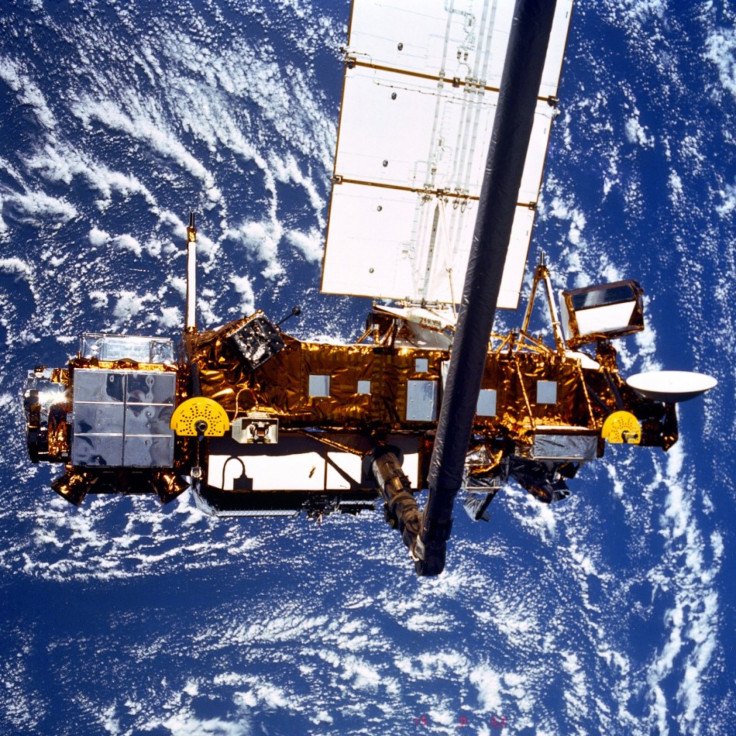Landing of Dead NASA Satellite 'Too Early to Predict'

A dead 6.5 ton NASA UARS satellite would make its re-entry into Earth's atmosphere on Friday, Sept. 23, bringing along a chance to watch a spectacular sky show. But NASA is still not sure where on Earth the satellite would land.
It is still too early to predict the time and location of re-entry with any more certainty, but predictions will become more refined in the next 24 to 48 hours, National Aeronautics and Space Administration (NASA) said in a statement.
NASA added that the debris from the defunct satellite would not cause harm to humans.
NASA conducted a detailed re-entry risk assessment for UARS in 2002 and it showed that the debris from UARS is not harmful to human beings. Following are the excerpts of the study:
* Number of potentially hazardous objects expected to survive: 26
* Total mass of objects expected to survive: 532 kg
* Estimated human casualty risk (updated to 2011): About 1 in 3200
As of 1:30 p.m. EDT Sept. 21, 2011, the orbit of UARS was 120 miles by 130 miles (190 km by 205 km). Re-entry is expected sometime during Firday afternoon, Eastern Daylight Time. However, NASA said the satellite will not be passing over North America during that time period.
One can track the UARS satellite real-time at n2yo.com, a site created exclusively for FoxNews.
The 20-year-old satellite of the size of a bus was originally expected to re-enter the Earth's atmosphere either late September or early October but the re-entry has advanced due to a sharp increase in solar activity since the beginning of this week.
In 1991, NASA launched Upper Atmosphere Research Satellite (UARS), a $750 million project, to observe numerous chemical constituents of the atmosphere with a goal of better understanding atmospheric photochemistry and transport.
Although the spacecraft will break into pieces during the re-entry, not all of it will burn up in the atmosphere, NASA said.
About 150 component types of the satellite are expected to disintegrate during re-entry, but 12 types would endure the fiery fall to Earth, according to a computer analysis of satellite re-entry survivability for UARS components.
Following are some of the key facts of UARS:
Launched: Sept. 12, 1991 inside STS-48
Deployed: Sept.15, 1991
International Designator: 1991-063B
U.S. Satellite Number: 21701
Dry mass: 5668 kg
Initial Operational Orbit: 575 km by 580 km, 57 deg inclination
Decommissioned: Dec.15, 2005 after maneuvering into a shorter-lived disposal orbit. Residual orbital lifetime reduced by about 20 years
© Copyright IBTimes 2025. All rights reserved.





















